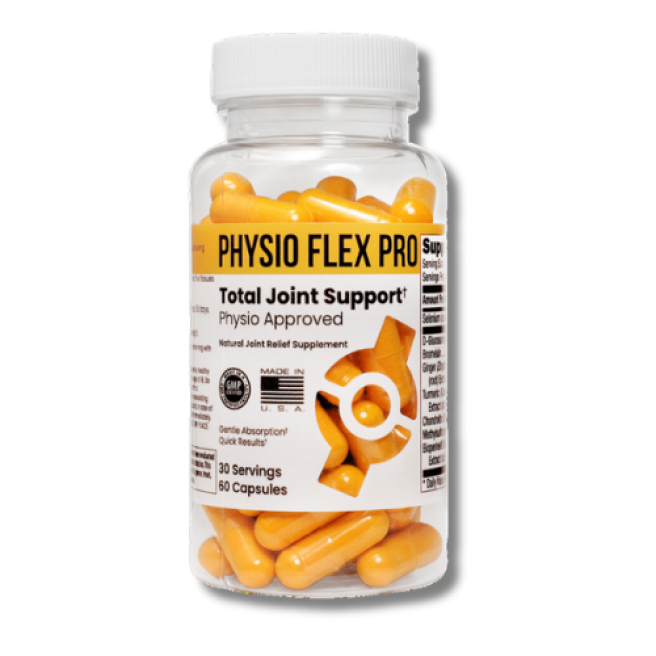The holidays are meant to bring warmth, connection, and celebration. But for millions of people, this season also brings something far less welcome:
More joint pain.
If you’ve ever wondered why your knees, hips, back, or hands feel stiffer or achier this time of year, there’s a reason — actually, several.
And none of them mean your body is “falling apart.”
They’re natural reactions to a season that puts unique stress on your joints.
Here’s what’s really going on — and what you can do to stay comfortable and mobile throughout the holiday season.
1. Cold Weather Tightens Joints and Muscles
Cold temperatures affect your joints at a biological level.
When the temperature drops:
- Circulation slows down
- Synovial fluid thickens (the fluid that lubricates your joints)
- Muscles get tighter to conserve heat
The result?
Your joints simply don’t move as smoothly.
Every step, bend, or twist requires more effort — and that friction can turn into discomfort.
What helps:
- Keep your joints warm (wraps, layers, warm socks, gloves)
- Take warm showers or baths
- Use gentle movement before long periods outside
- Avoid sudden, intense activity in cold temperatures
Warming the tissues keeps them supple and responsive.
2. Holiday Routines Disrupt Healthy Movement
The holidays completely shift your daily rhythm:
Travel. Family gatherings. Long drives. Office parties. Events.
All of that adds up to more sitting and less natural movement.
Your joints thrive on consistent, low-impact motion — not stillness.
When you’re sitting or inactive for extended periods:
- Synovial fluid doesn’t circulate
- Muscles shorten and stiffen
- Tissues become less responsive
- Motion feels “blocked”
Even your posture takes a hit — slouching on couches or in car seats adds strain to your spine and hips.
What helps:
- Take a quick 2–3 minute movement break every hour
- Do gentle leg swings, shoulder rolls, or light stretching
- Stand and walk during phone calls
- Keep blood flow moving with micro-activities
You don’t need workouts — you just need movement.
3. Holiday Foods Increase Inflammation
The holiday season is… indulgent.
And that’s part of the joy — but it can dramatically increase inflammation.
Common holiday foods that worsen joint discomfort:
- Sugary desserts → trigger inflammatory cytokines
- Alcohol → causes dehydration + inflammation
- Processed snacks → oxidative stress
- Salty foods → fluid retention in joint spaces
- Large meals → increase systemic inflammatory response
These inflammatory spikes make joints feel more sensitive, swollen, or tender.
What helps:
- Add anti-inflammatory foods: turmeric, ginger, leafy greens, berries
- Drink water between alcoholic drinks
- Prioritize protein and whole foods when possible
- Add herbal teas (ginger, turmeric, peppermint)
Small swaps = big impact on inflammation.
4. The Holidays Add More Physical Stress Than You Think
We tend to romanticize the season, but your body feels every ounce of the work:
- Carrying heavy shopping bags
- Lifting kids or grandkids
- Cleaning and hosting
- Decorating
- Standing in lines
- Traveling with luggage
- Hours of cooking and prepping
These “micro-strains” accumulate — and your joints absorb the load.
What helps:
- Break tasks into smaller chunks
- Take posture resets during decorating or cooking
- Stretch after carrying or lifting bags
- Use supportive footwear for long days
- Keep recovery at the top of your routine
Your joints aren’t upset — they’re overworked.
5. Stress Makes Pain Worse (Yes, Really)
Even positive holiday stress is still stress — and it impacts your nervous system.
When cortisol rises:
- Muscles tense
- Inflammation increases
- Sleep quality drops
- Sensitivity to pain rises
Your joints feel everything more intensely.
What helps:
- Prioritize sleep (no revenge bedtime scrolling)
- Use warm evening routines
- Practice slow breathing during stressful moments
- Stay hydrated
- Keep some sense of routine when possible
Stress reduction = pain reduction.
How to Reduce Joint Pain During the Holidays
You don’t need a perfect routine — just a supportive one.
Daily habits that help:
- Gentle movement throughout the day
- Warm the joint tissues in the morning
- Anti-inflammatory foods and herbs (turmeric + ginger especially)
- Hydration and electrolytes
- Slow loading before heavy tasks (like carrying gifts or decorating)
- Consistent joint support through supplements
Your joints thrive on predictability — even during a chaotic season.
A Final Reminder
If you feel more joint discomfort during the holidays, it doesn’t mean something is wrong with your body.
It means your body is reacting exactly the way it’s designed to respond to:
- Cold
- Stress
- Inflammation
- Inactivity
- Overuse
But with a few supportive habits, you can move through the season with more comfort, flexibility, and confidence.






